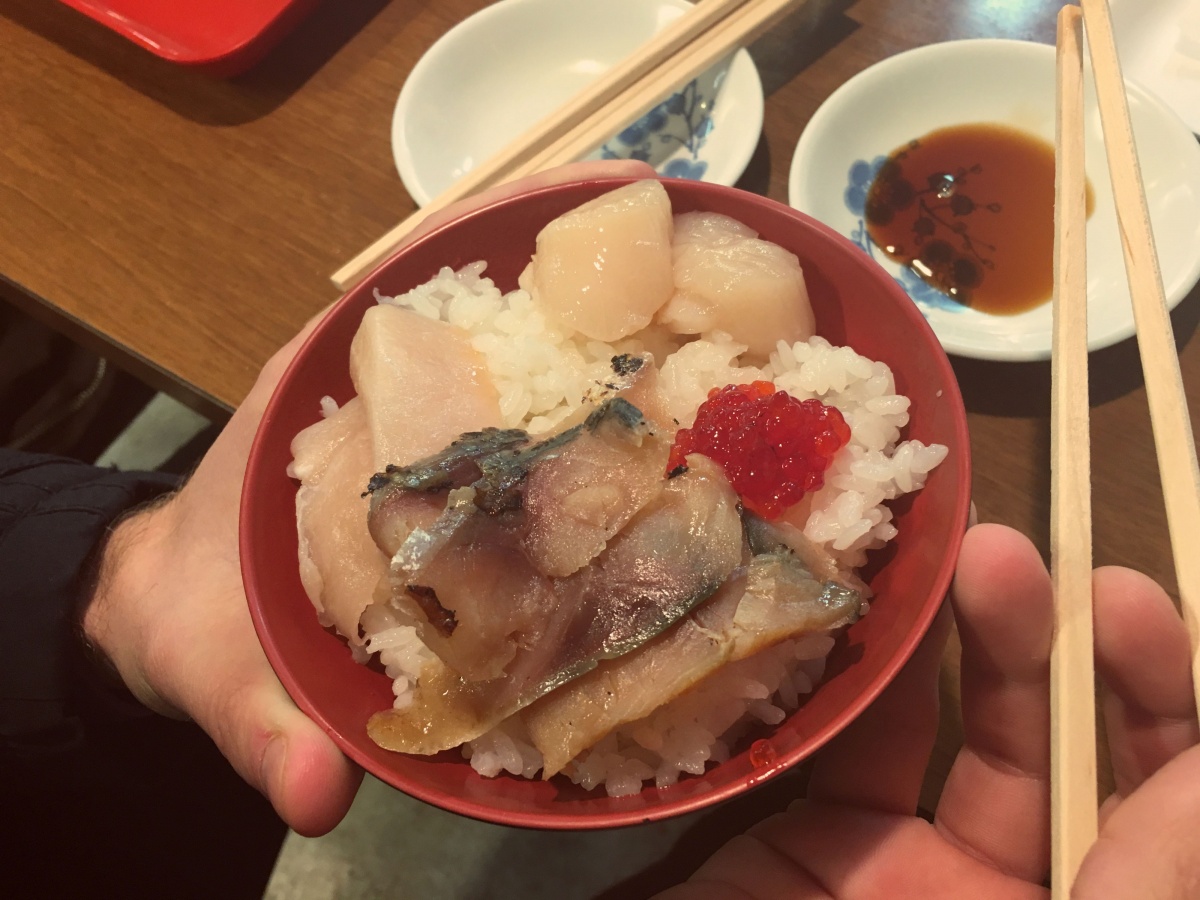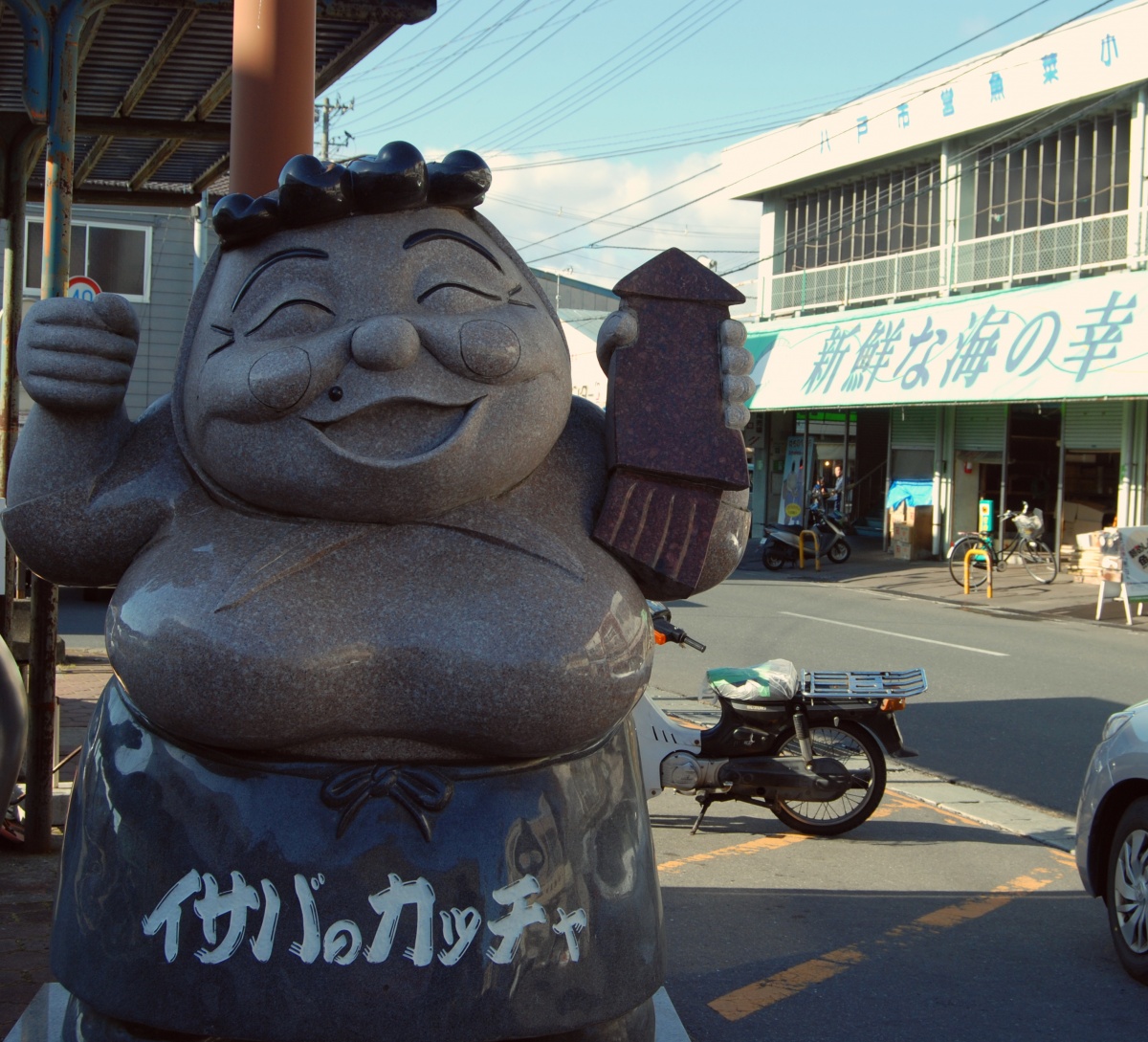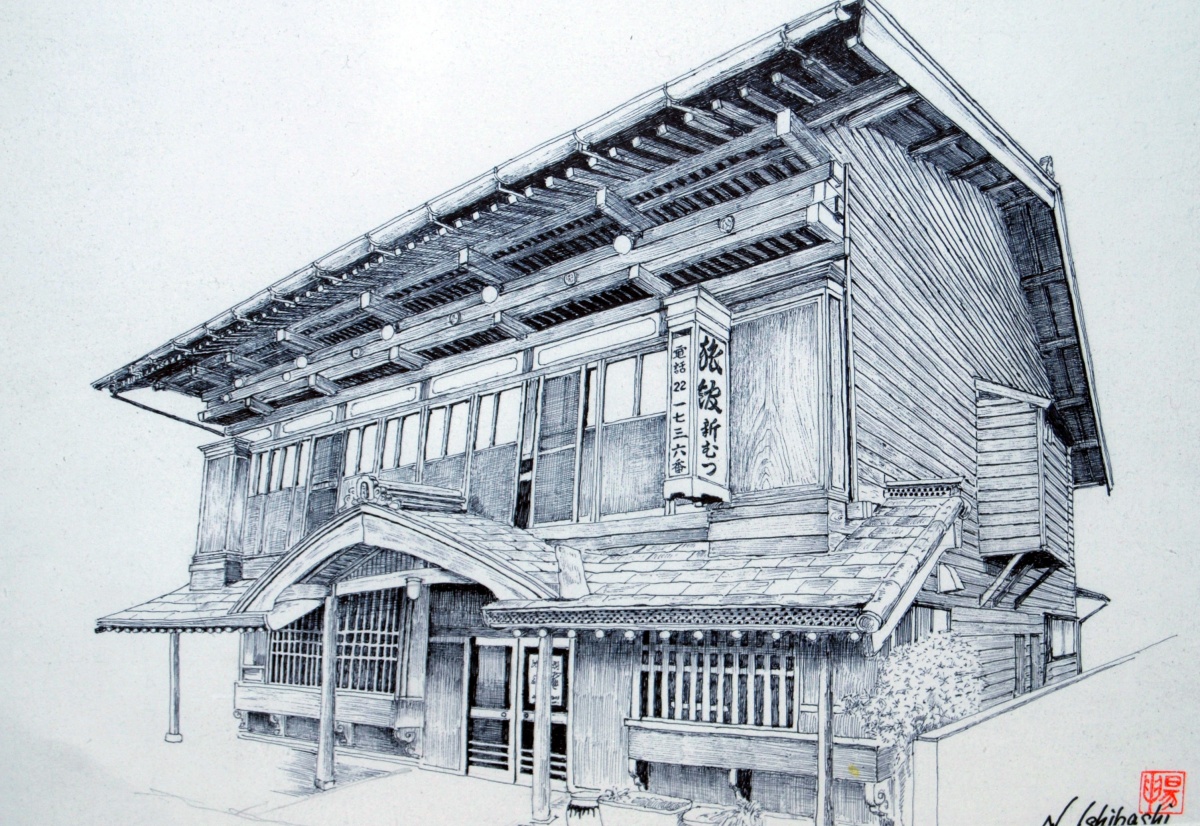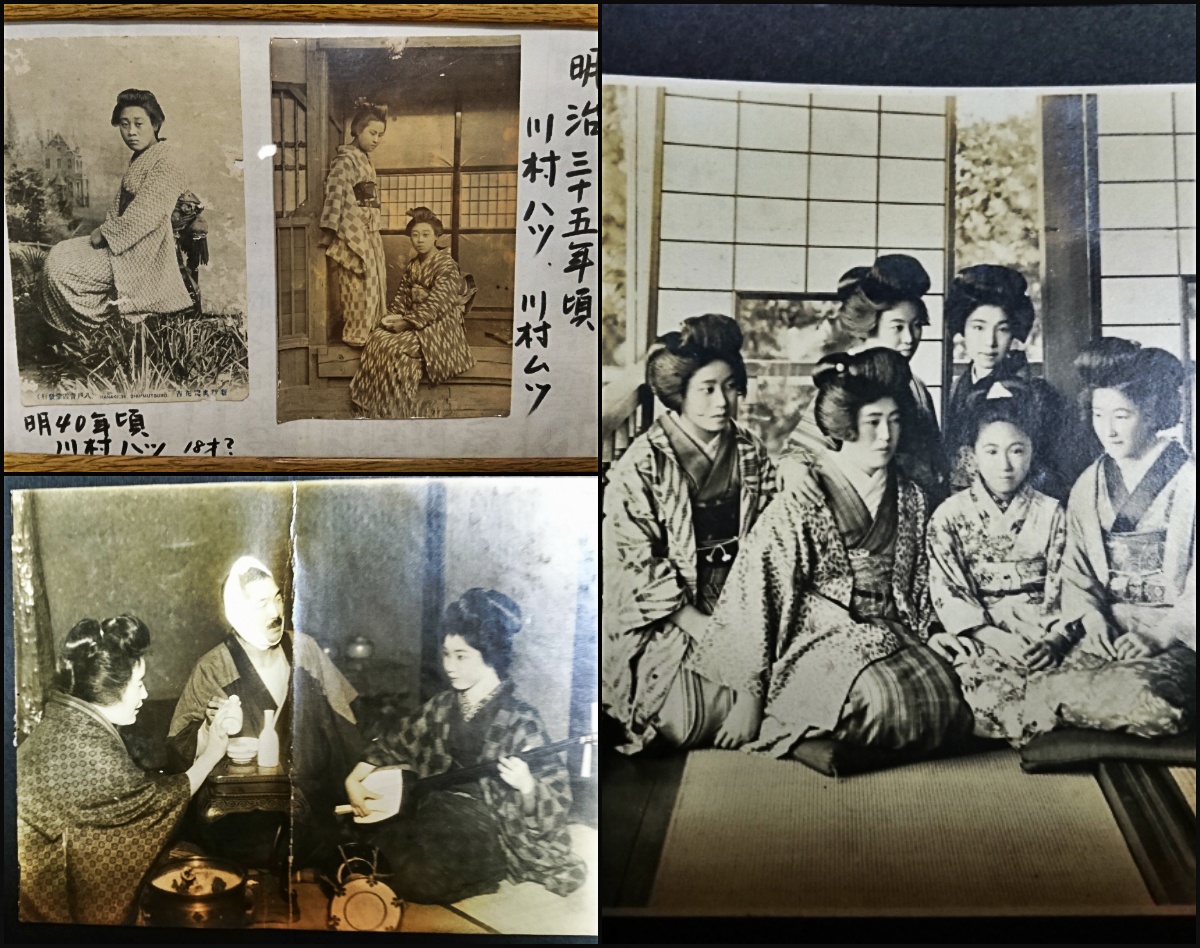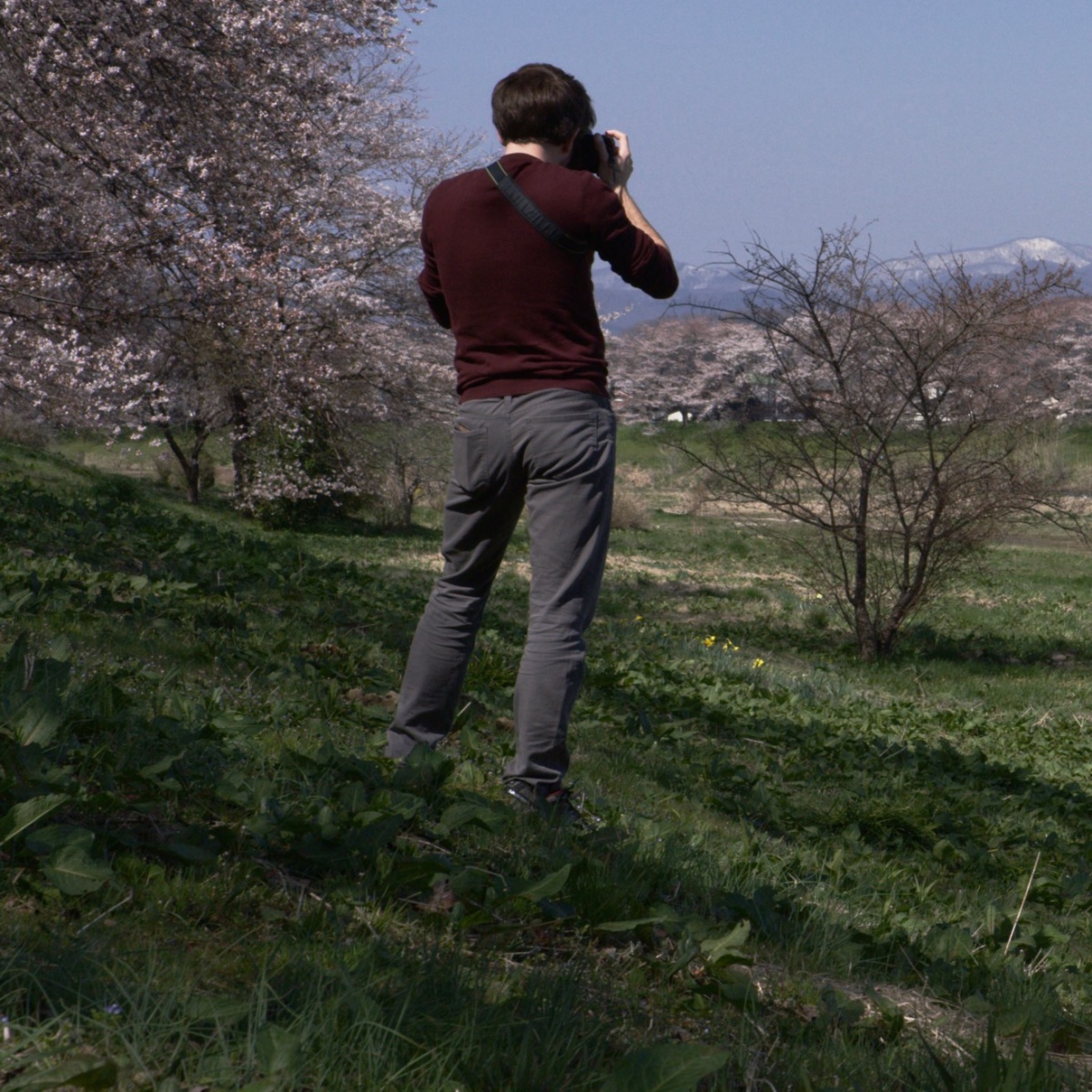Embracing the Warmth of Tohoku in Hachinohe
Honshu’s northernmost region, Tohoku, is a beautiful area with a deep-rooted history and vibrant culture, embodied by the kindness and generosity of its wonderful residents. I traveled to Hachinohe, a large city in eastern Aomori Prefecture, and got hands-on with a wealth of experiences offered by one of the country's most underrated destinations.
By Nicholas RichBreakfast, Not Like Mom Used to Make
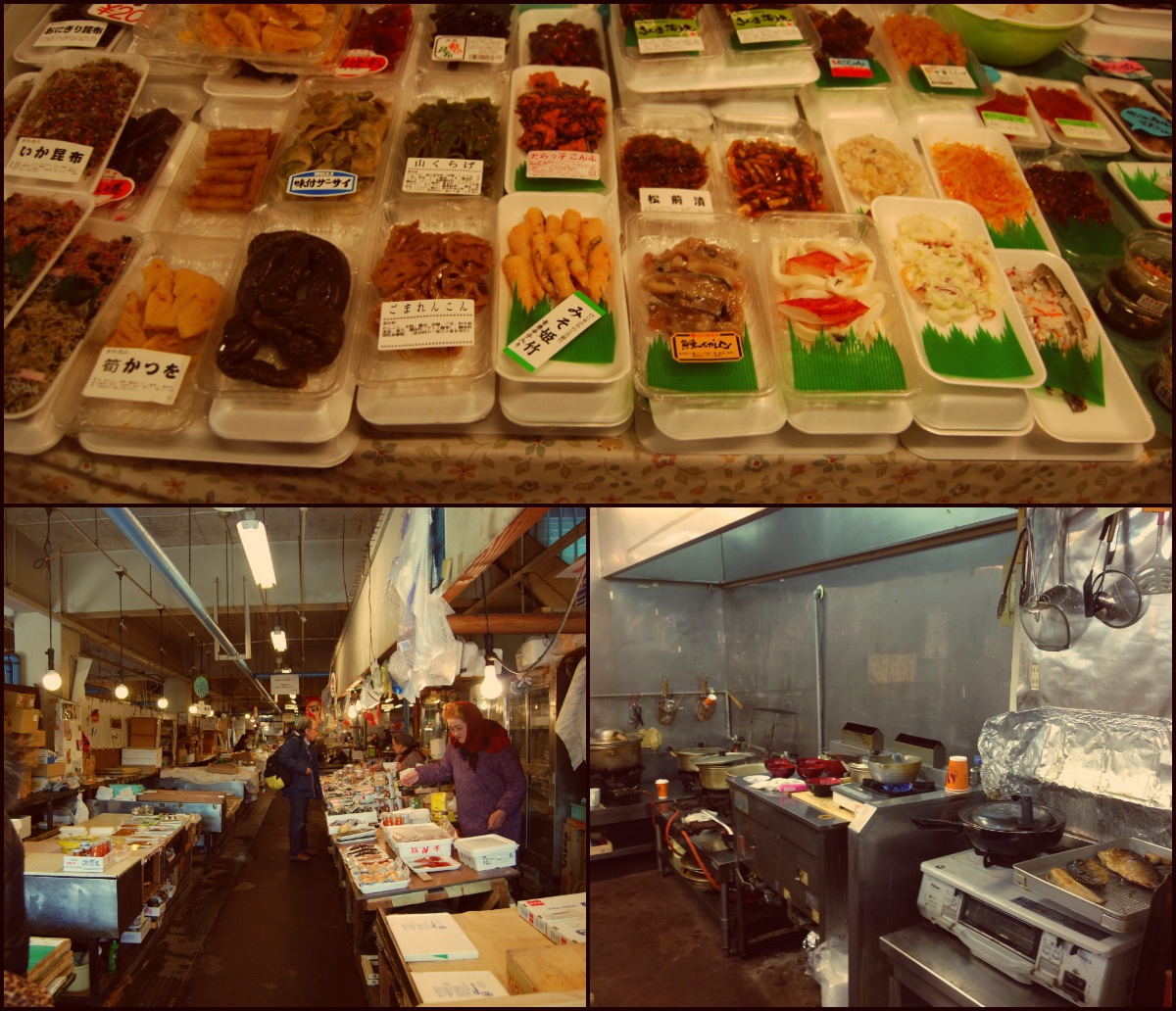
Just across the street is the Mutsuminato Morning Market, the oldest in all the city. Here, the friendly kattcha (a local term that means “mom”) sell freshly-caught seafood, which visitors can purchase at unreasonably affordable prices to create their own special breakfast, enjoyed with rice and miso soup.
This practice started because the workers in the offices above the market would regularly come down for lunches, and it didn’t take long for the kattcha to see the value in providing delicious, hearty meals to the rest of the community. Needless to say, I was perfectly happy to reap the benefits of their kindness and generosity!
The warm, maternal spirit of the hard-working women at the Mutsuminato Morning Market is perfectly captured in one of Hachinohe’s plethora of memorable mascots, Isaba no Kattcha, the “mom of the fish market.” With her smiling face and fresh squid in hand, Isaba no Kattcha is such an icon that she even has a city-wide lookalike contest every year! The crowned winner becomes a bit of a local celebrity.
Shin-Mutsu Ryokan
In operation for over 100 years, Shin-Mutsu Ryokan (originally Shin-Mutsu Rou) stands proudly as a beautiful, almost anachronistic relic from Japan’s seedier past. Formerly a brothel built in the city’s red light district in 1898, the facility typically had two geisha to entertain customers with traditional Japanese arts such as singing, dancing and playing the shamisen, and three prostitutes for overnight guests.
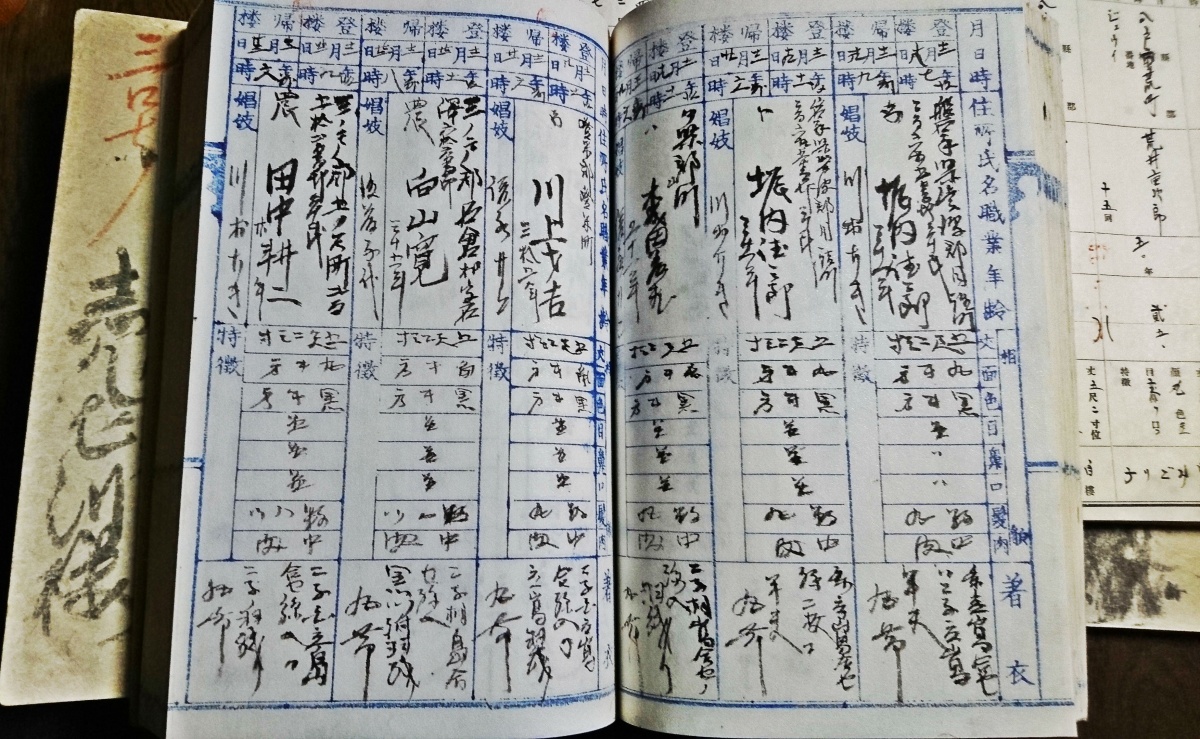
Meticulously maintained ledgers with nightly records of former customers, including their names, physical attributes and preferred partners, prove just how popular Shin-Mutsu Rou was in its heyday. Once the Anti-Prostitution Law was passed in 1957, it began operating as a charming ryokan (Japanese-style inn), passed down through the families of the remaining geisha. When you cross the threshold into the building, it’s truly like stepping back in time.
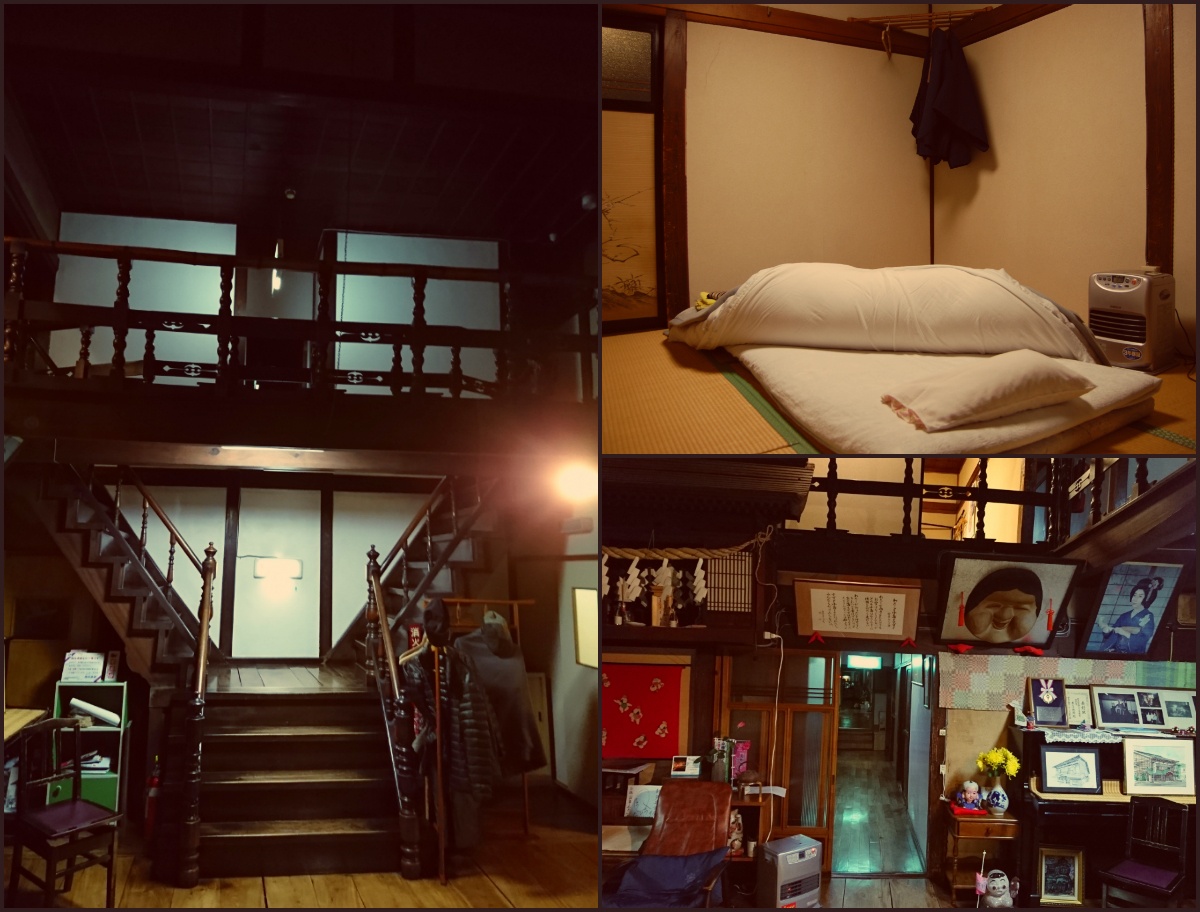
The state of the building is impressive, and retains the character that accompanies its original structure, which has been preserved through various renovations and reinforcements. After climbing up the steep, creaky steps of the iconic Y-shaped staircase customary to geisha houses, I found myself in a cozy tatami room with a soft, comfortable futon and a small space heater for extra warmth. The décor was equally engaging, with photos and art that further illustrated the establishment’s colorful past.
While I was blown away by the architecture of the building, and slept excellently during my stay, my personal highlight was the wife of Shin-Mutsu Ryokan’s owner, Kumiko Kawamura. Another shining example of motherly hospitality, she greeted me with a smile and spent an incredibly generous amount of time explaining the ins and outs of past operations—all while entertaining an end-of-the-year party for the staff of a local school in the facility’s private dining hall. She was a joyous, almost endlessly energetic woman, and provided an unforgettable, once-in-a-lifetime experience. With tentative plans to suspend the ryokan's operations after the couple retire, time is of the essence for those who wish to enjoy a truly authentic piece of Japan’s (and Kawamura-san's!) history.


